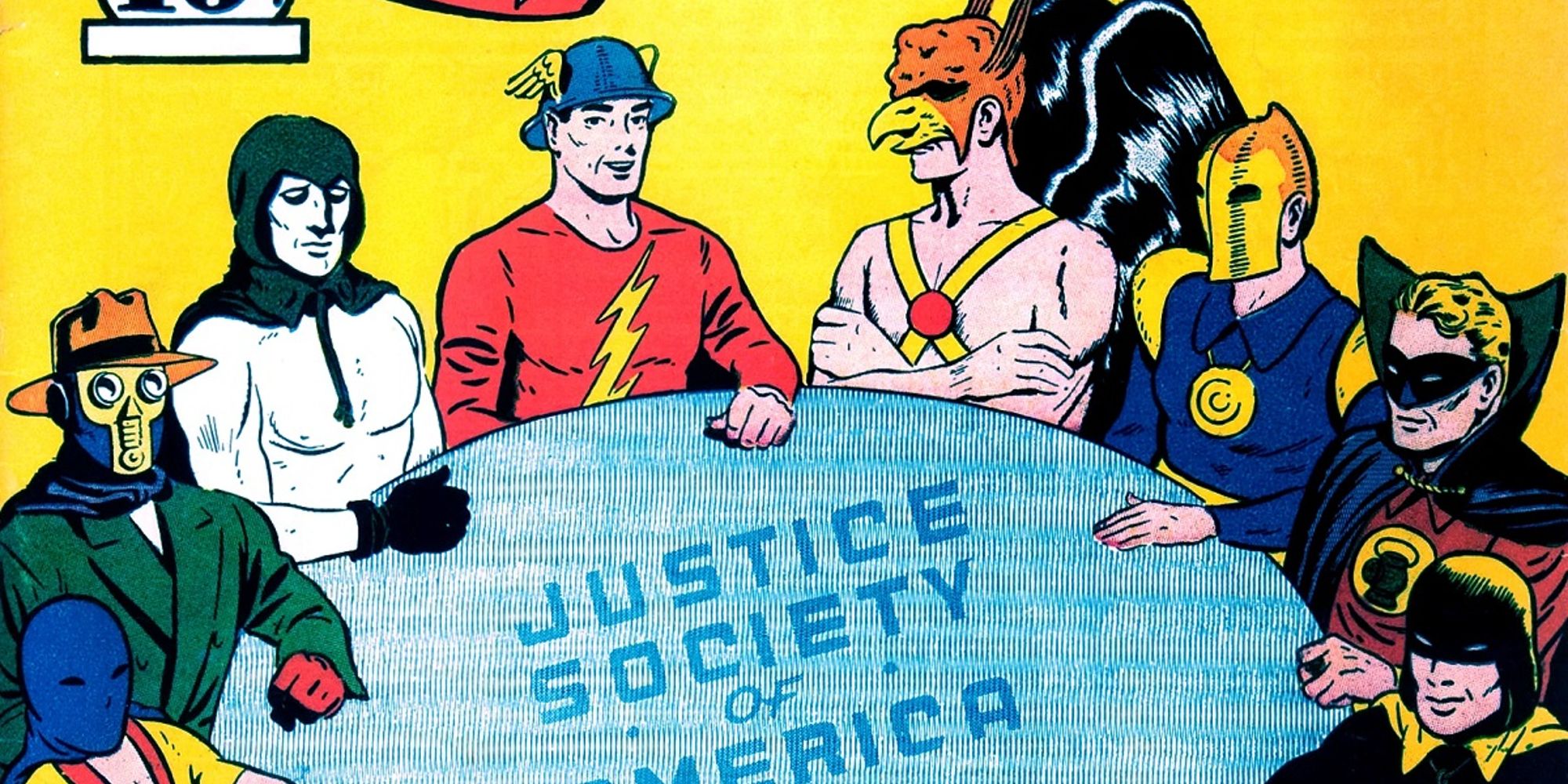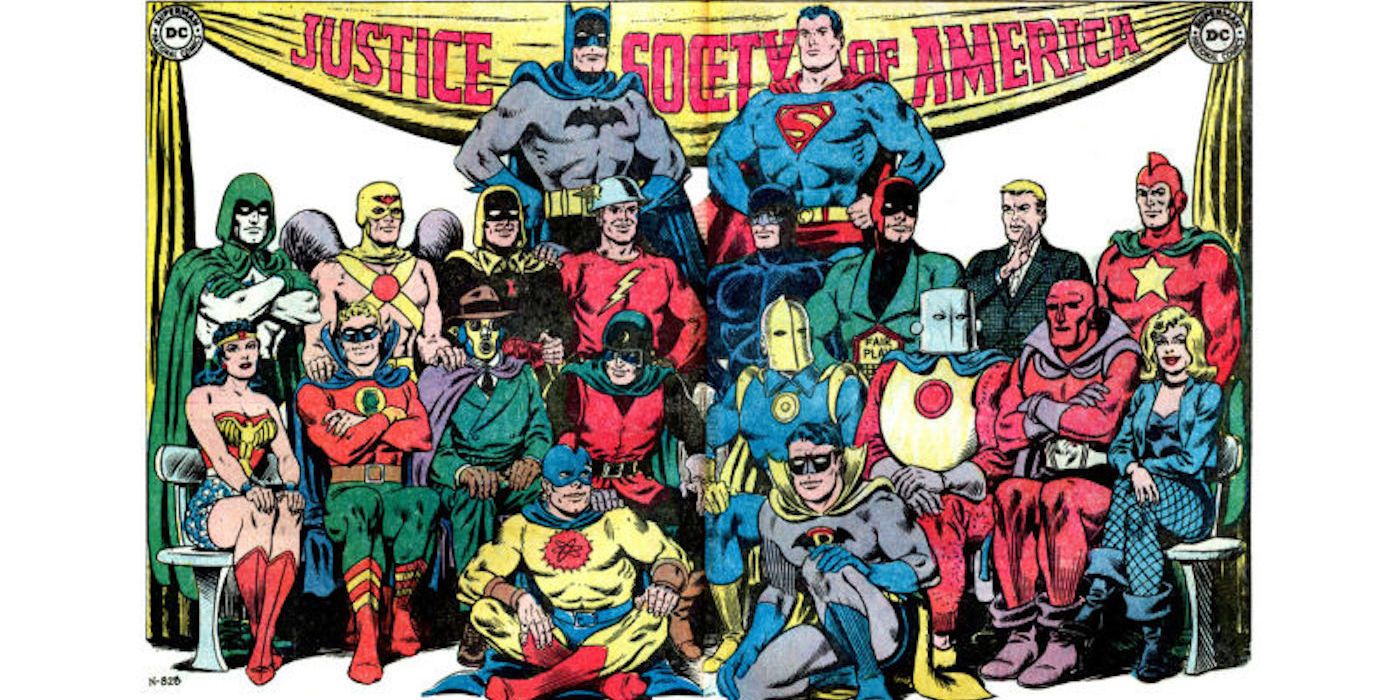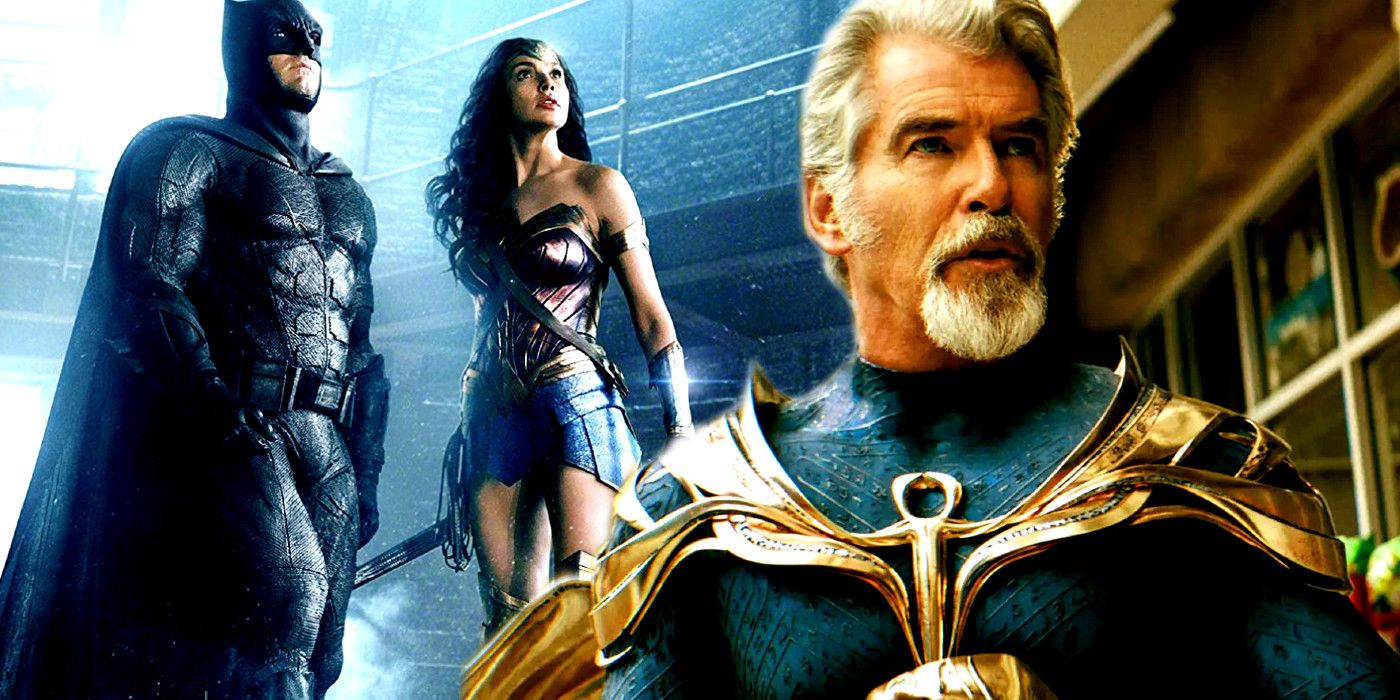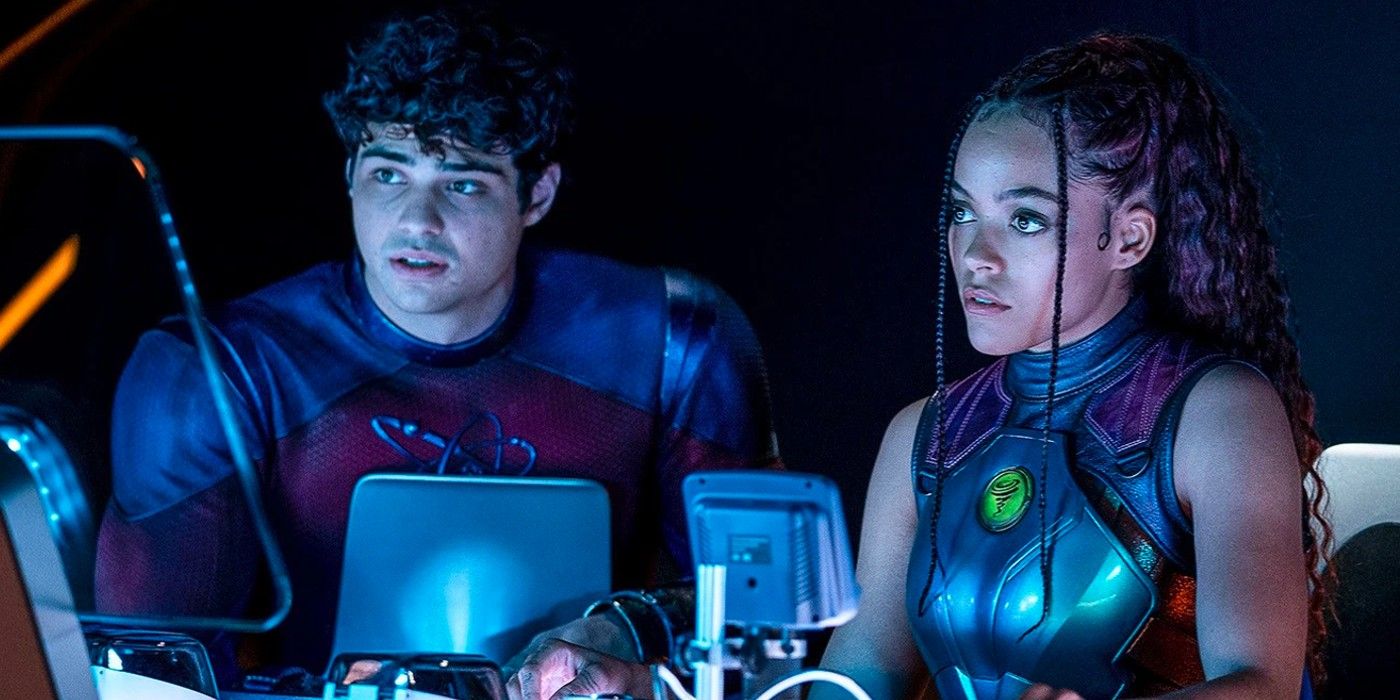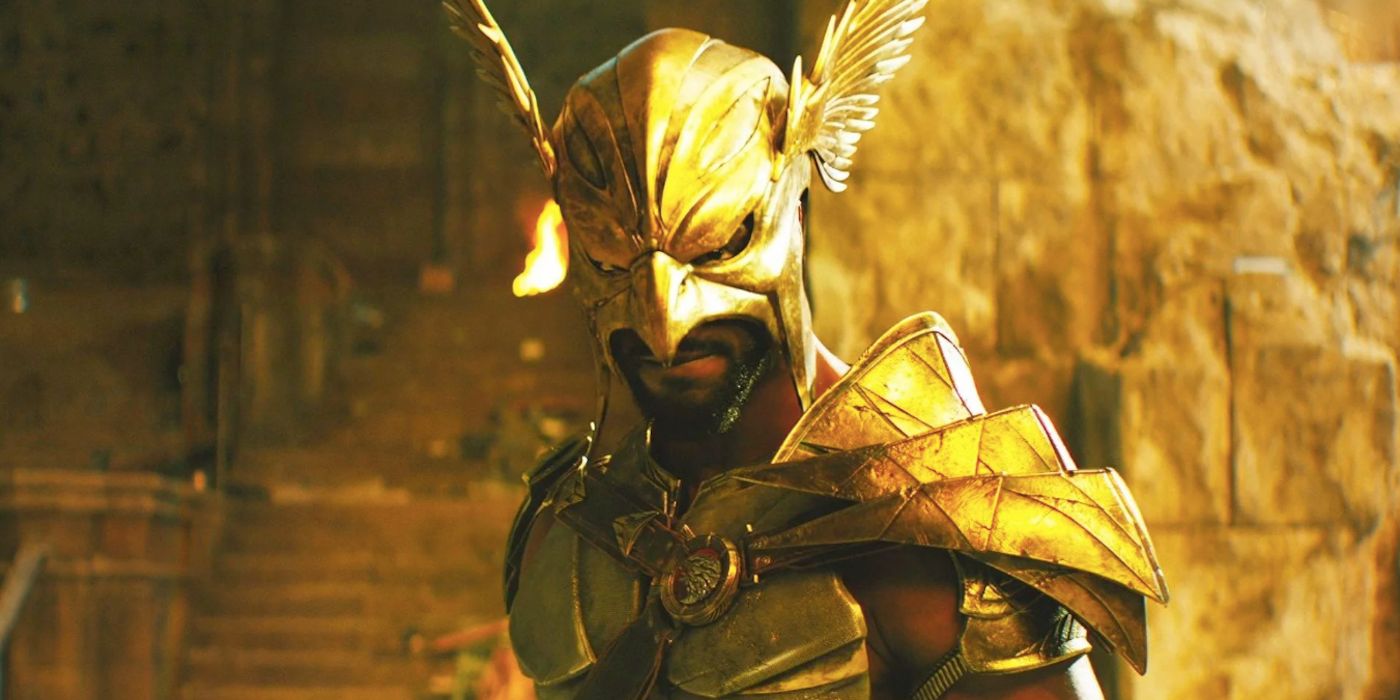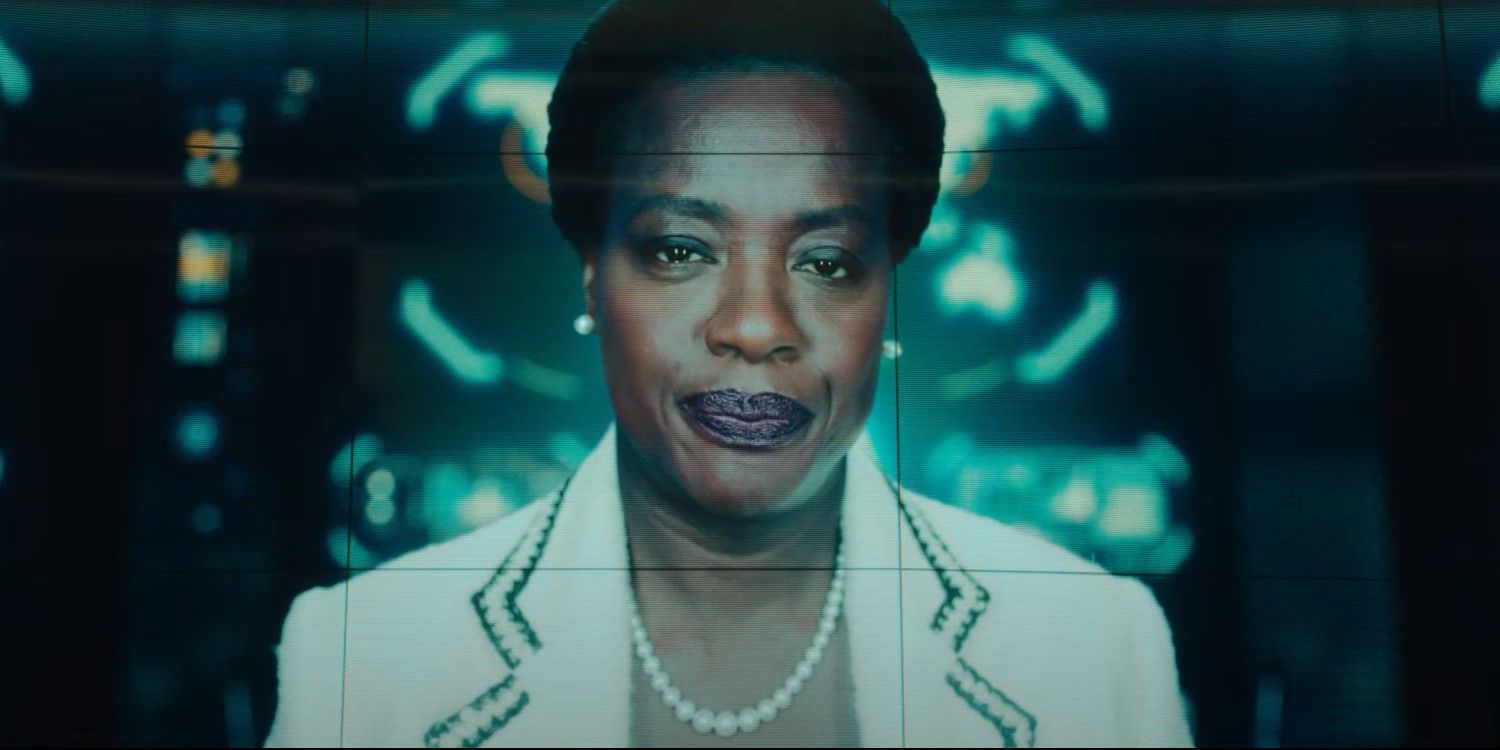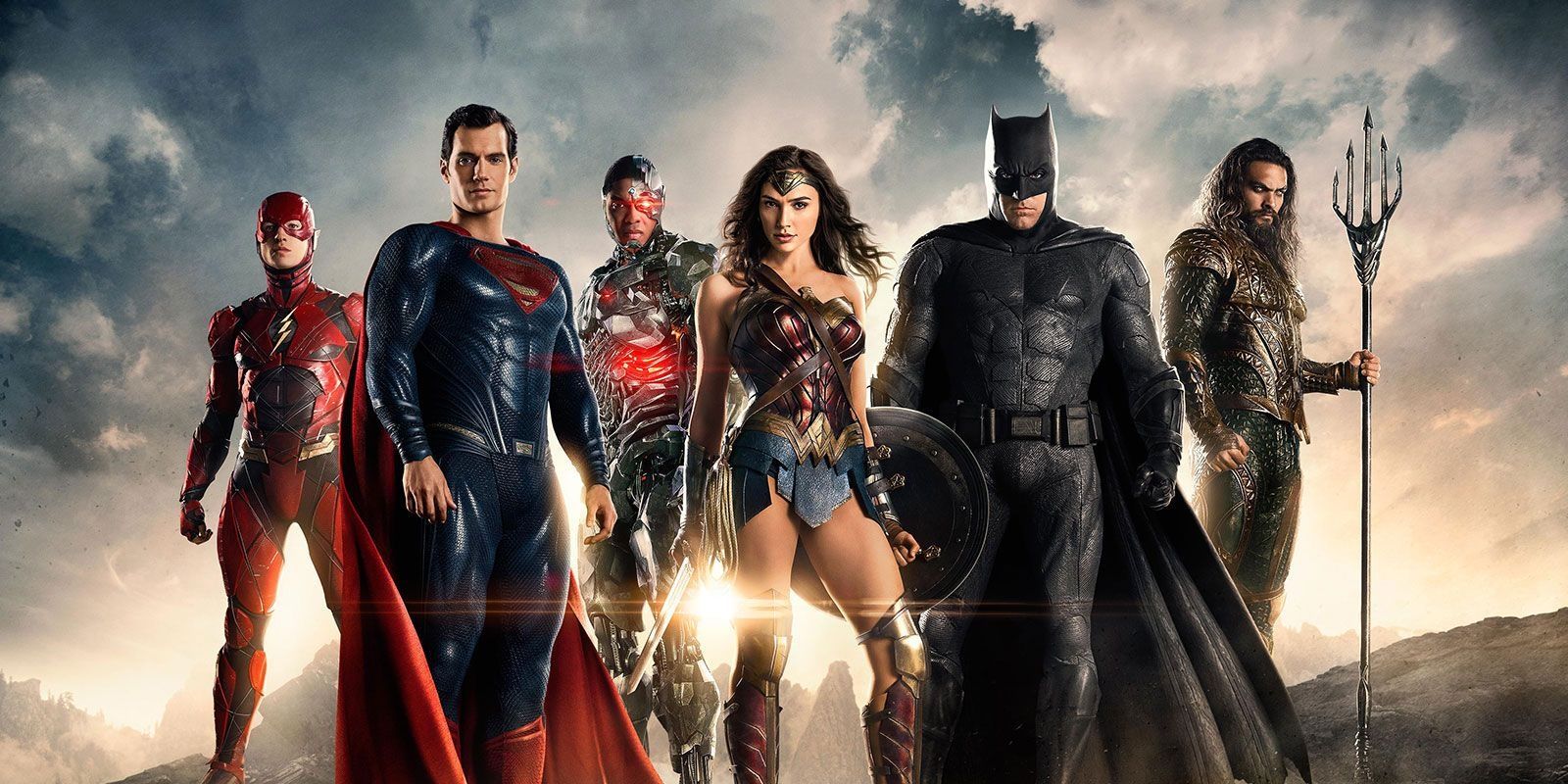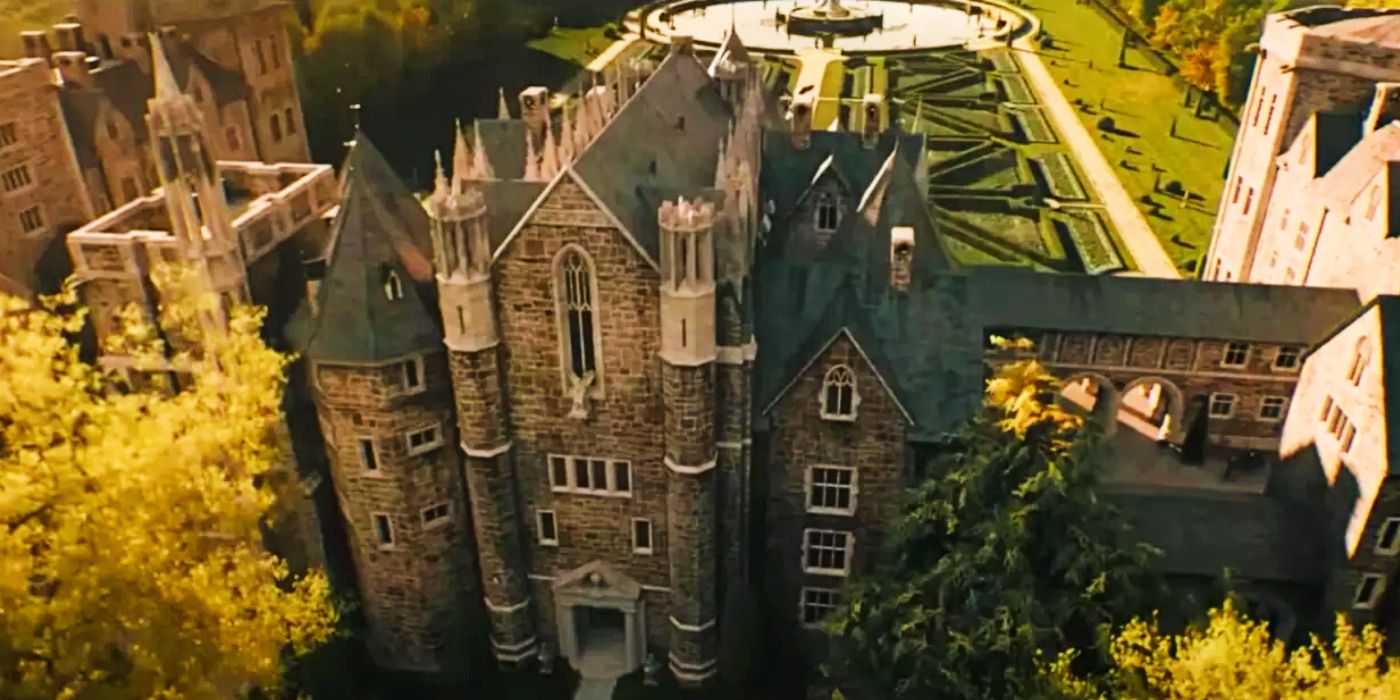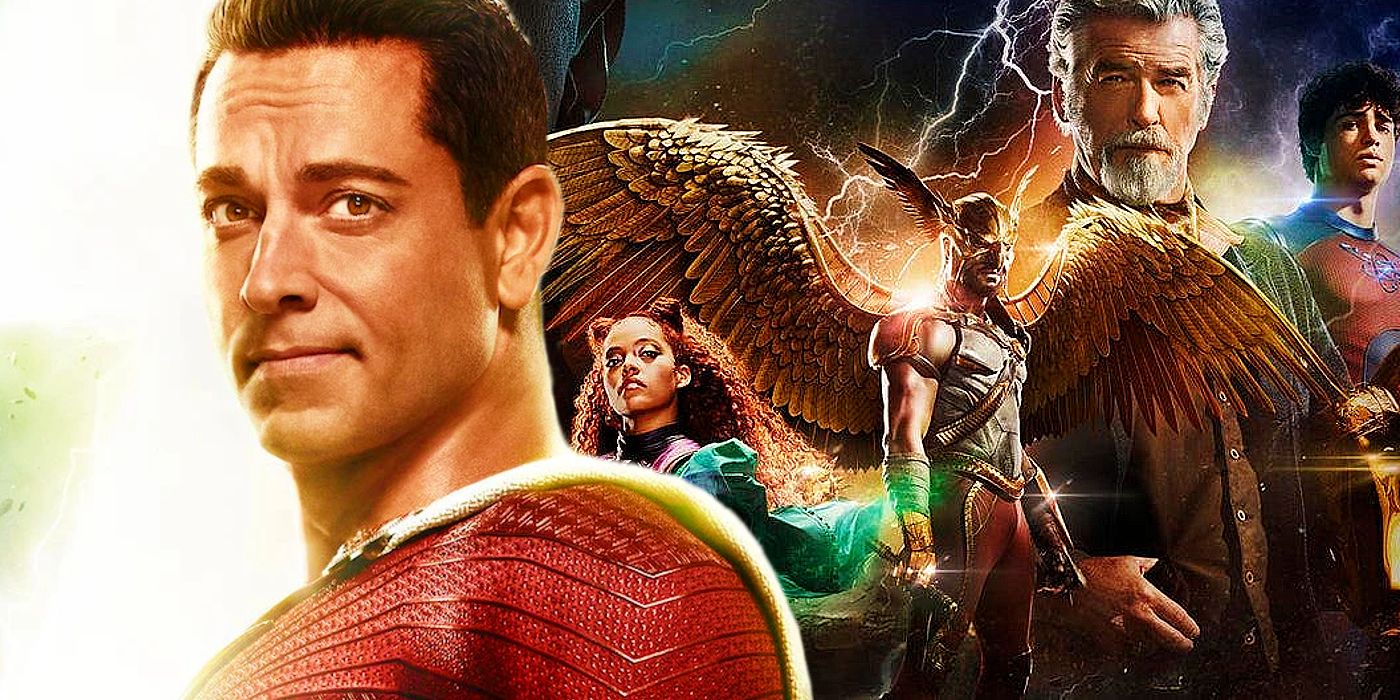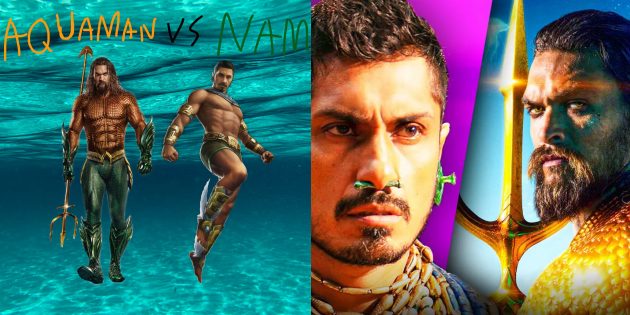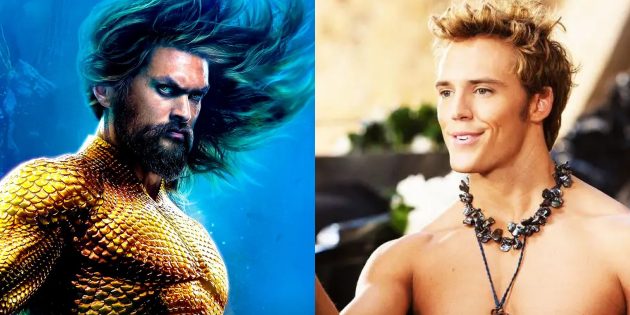From their comic book origins to the DC Universe’s movie canon, here are the biggest differences between the Justice Society and the Justice League.
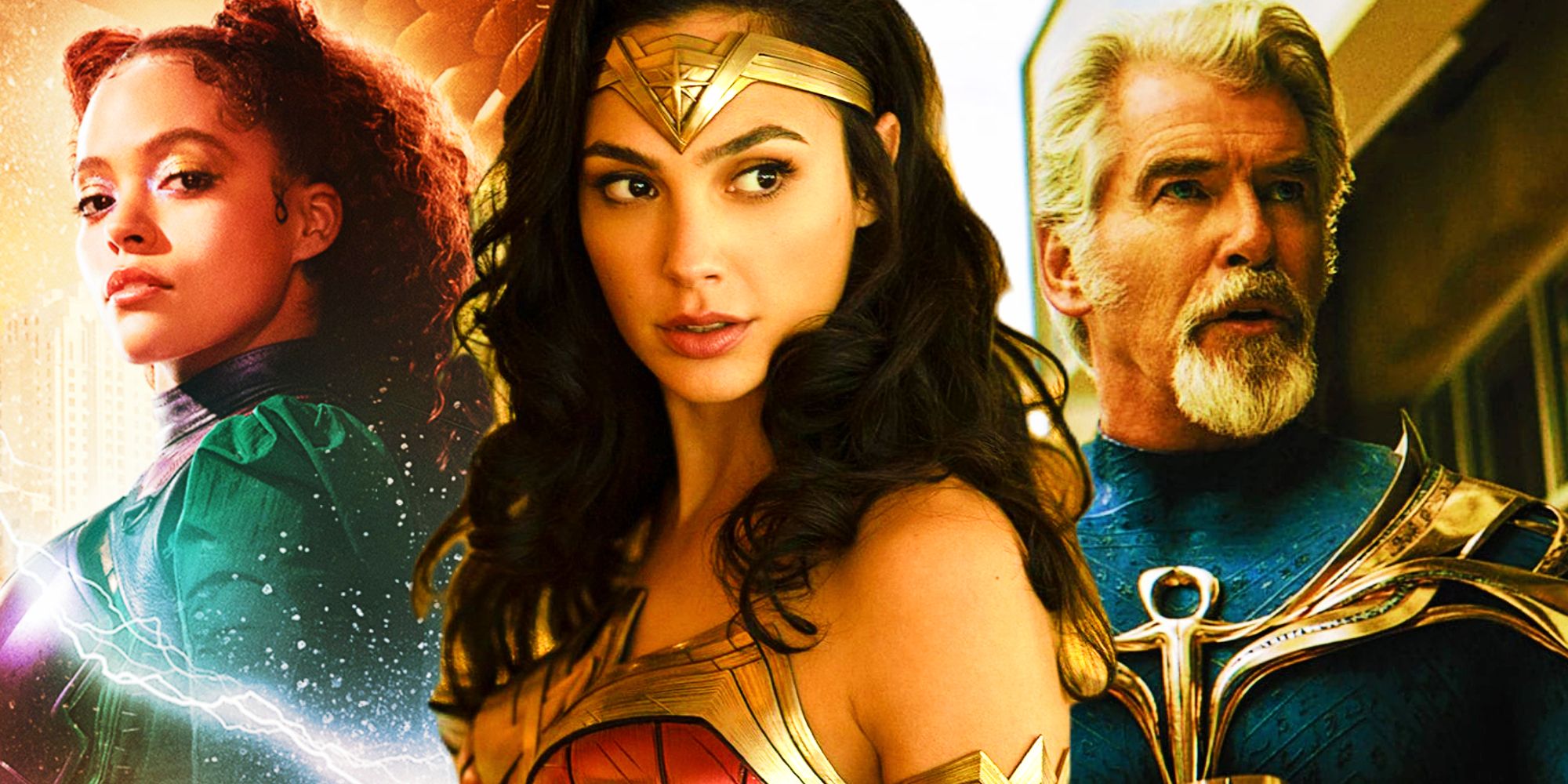
Warning: this article contains spoilers for Shazam! Fury of the Gods!Billy Batson was offered a spot on the Justice Society, as revealed in Shazam! Fury of the Gods’ first post-credits scene, yet Shazam was a bit confused regarding the differences between the JSA and the Justice League. Though a Black Adam vs. Shazam DCEU fight never happened, the Shazam! sequel did have connections to the Black Adam movie. Shazam! Fury of the Gods’ post-credits scene saw ARGUS’ Emilia Harcourt and John Economos recruiting Billy for the Justice Society, which had been introduced in Black Adam.
Despite taking place in the sameDC Universe as Shazam, Black Adam felt like a self-contained movie that did not reveal much about the status of other superheroes other than the Justice Society themselves. As a result, some fans can be confused by how exactly the Justice Society and its members differ from the Justice League in the DCEU. Here are the nine biggest differences between the Justice League and the Justice Society, the latter of which could be Shazam’s new DC team, should the character return in James Gunn’s DC Universe.
RELATED:Shazam! Fury Of The Gods Cast & Character Guide
SCREENRANT VIDEO OF THE DAYClose 9The Justice Society Predates The Justice League
9The Justice Society Predates The Justice League
The Justice Society predates the Justice League in both the comics and the DCEU. Originally created for the All Star Comics magazine published by All-American Publications, which would then be merged with other publishers to become DC Comics, the Justice Society debuted in 1940’s All Star Comics #3. DC’s Justice League would make its debut 20 years later in The Brave and the Bold #28, borrowing from the JSA’s concept of a superhero club. However, the Justice Society was not exactly an active superhero team upon its comic debut. Instead, it was more of a gimmick at the beginning of every All Star Comics issue to introduce the individual stories.
Even though DC Comics has gone back and forth regarding how the Justice Society ties with the rest of the universe, the JSA heroes can be considered the predecessors of the Justice League. A similar approach was used in Black Adam, which established that the Justice Society had been formed decades before Batman created the Justice League. With an ancient entity and an immortal hero bridging the Justice Society’s different eras, the team returned to the DCEU’s present-day, post-Justice League timeline to fight Black Adam.
8The Justice Society & The Justice League Aren’t Always In The Same Universe
Both the MCU and the DC Universe are leaning heavily towards the multiverse – the former with the Multiverse Saga and the latter with The Flash movie. Curiously, one of the reasons why the multiverse concept became so common – and useful – in the comics has to do with the Justice Society. As a way to revisit the Justice Society of America after the team and its characters spent a few years away from the comics, DC established that the JSA existed on Earth-2, that is, on a different universe’s Earth from the one seen in the usual Superman and Batman crossovers. It was now easier to explain why there were two different men (Jay Garrick and Barry Allen) who were The Flash, for example.
The Flash #123’s “Flash of Two Worlds” story has an iconic cover that was recreated in CW’s The Flash season 2. It saw Jay Garrick and Barry Allen in the same story for the first time, thus essentially establishing the DC multiverse. That is why, depending on the continuity or adaptation in question, the JSA is either the Justice League’s predecessor – that is, heroes from the past – or existing heroes from a completely different universe. For example, in the pre-Crisis Arrowverse timeline, a version of the Justice Society existed in the same universe as Green Arrow and The Flash. Likewise, the JSA is part of the same DCEU as Gal Gadot’s Wonder Woman and Superman.
RELATED:All 6 Of Shazam’s Powers Explained
7The Justice Society Was Forgotten By Time (Before Batman Formed The League)
The problem with establishing that the Justice Society had always existed in the DCEU timeline is that it risked creating a major plot hole. If the Justice Society had existed for decades, then why did Batman and Wonder Woman not know about them? Black Adam’s solution, which has been used in other DC adaptations, was to reveal that the Justice Society disbanded at some point. The Black Adam tie-in comics (Black Adam: The Justice Society Files) revealed that the original JSA was formed by Doctor Fate, Hawkman, and the first Atom Smasher. Decades later, Hawkman and Doctor Fate put together a new version of the JSA with Cyclone and the second Atom Smasher.
6The DCEU’s Justice Society Has Fewer Members Than The Justice League
The Justice Society had four members during the events of Black Adam – Doctor Fate, Hawkman, Cyclone, and Atom Smasher. With Doctor Fate’s death in Black Adam, the Justice Society currently has only three known members. The JSA’s lineup can go back to four members, though, if Shazam indeed joins the superhero team as proposed by ARGUS. As a comparison, the DCEU’s Justice League formed by Batman had six members by the end of their film. Zack Snyder’s Justice League revealed General Swanwick to be Martian Manhunter, but he never joined the team. In the comics, the JSA originally had eight members – Doctor Fate, Green Lantern, The Flash, Hawkman, Hourman, The Sandman, The Spectre, and The Atom.
5How The Justice Society’s Members Compare To The Justice League’s
Considering how the DCEU’s Justice Society exists in the same universe as the Justice League and predates Batman’s superhero team, it made sense for the JSA to be formed by either older superheroes or legacy characters. Doctor Fate’s helmet is one of the oldest artifacts in the DC Universe, and Kent Nelson has been its host for a few decades now. Likewise, Hawkman is immortal, which makes him one of the DCEU’s most experienced warriors. Cyclone and the second Atom Smasher, however, are newer superheroes. The Justice League, on the other hand, had Wonder Woman as its most experienced superhero.
Batman had been fighting crime for 20 years by the events of Batman v Superman and Justice League, although this is not that impressive compared to how long Hawkman or the Helmet of Fate have been around. Superman only revealed himself to the world in 2013 during the events of Man of Steel; Barry Allen became the Flash at some point between Man of Steel and Batman v Superman; and both Aquaman and Cyborg only became superheroes during Justice League’s Steppenwolf invasion.
RELATED:Why Mary Marvel Was Recast For Shazam: Fury Of The Gods
4The Justice Society Works With Amanda Waller’s ARGUS
Perhaps the biggest difference between the Justice Society and the Justice League – one that could inform the former’s future – is that the Justice Society has a direct communication link with Amanda Waller. It was ARGUS, through Amanda Waller, that warned the Justice Society about Black Adam’s arrival. Waller’s ARGUS briefed the Justice Society on Black Adam, and the two groups continued working together throughout the film. Though Waller and the Justice League do keep in touch, as shown in Peacemaker, Batman is not a fan of ARGUS’ modus operandi, as established in Suicide Squad.
Curiously, Black Adam’s post-credits scene reveals that Waller called Superman for help now that Black Adam was refusing to play by ARGUS’ rules. Though Black Adam’s post-credits scene could have led to a Justice Society and Justice League crossover, the fact that James Gunn’s new DC Universe is being formed puts the future of both teams in question. Still, Shazam!Fury of the Gods’ post-credits scene confirms that the Justice Society is essentially operating under ARGUS, given that Harcourt and Economos were the ones sent to recruit Billy Batson.
3The DCEU’s Justice League Is More Powerful Than The Justice Society
In terms of the DCEU lineup, the Justice League is more powerful than the Justice Society. For one, the Justice League had two more members than the JSA – three now that Doctor Fate is dead. Doctor Fate’s death in Black Adam actually makes the Justice Society significantly less powerful than the Justice League, as Doctor Fate is one of the most powerful beings in the DC Universe. Currently, Hawkman, Cyclone, and Atom Smasher probably could not take on the Justice League. That said, if Shazam joins the Justice Society following Shazam! Fury of the Gods’ first post-credits scene, then the team’s power levels would increase significantly.
2The DCEU’s Justice Society Has A Proper Headquarters
One small but significant difference between the Justice Society and the Justice League in the DCEU is that the former has a proper headquarters. Inspired by the Justice Society’s comic book mansion, where the JSA heroes would meet to share their latest adventures among themselves and with the readers, the DCEU’s Justice Society operates from Hawkman’s mansion. The Justice League, however, still does not have a headquarters in the DCEU. The League operated from the Batcave in Justice League’s theatrical cut, whereas in the Snyder Cut Batman took the heroes to one of his hangars in Gotham.
RELATED:How Old The Kids In Shazam 2 Are (Characters & All Actors)
1The Justice Society’s DCEU Status Is More Clear Than The Justice League’s
The Justice League has been away from the big screen since 2017’s Justice League. Zack Snyder’s Justice League offered an extended look at the Justice League’s origin story, yet it still covered the events of Steppenwolf’s invasion. Since then, the DCEU has undergone major shakeups, including but not limited to changes in DC Films, new continuities such as The Batman, and an upcoming reboot. In that scenario, what exactly is the Justice League after their DCEU film is a mystery. The Justice Society’s status seems more clear in comparison thanks to Shazam! Fury of the Gods’ ending credits – they continue to operate and are considering replacing Doctor Fate with Shazam.



